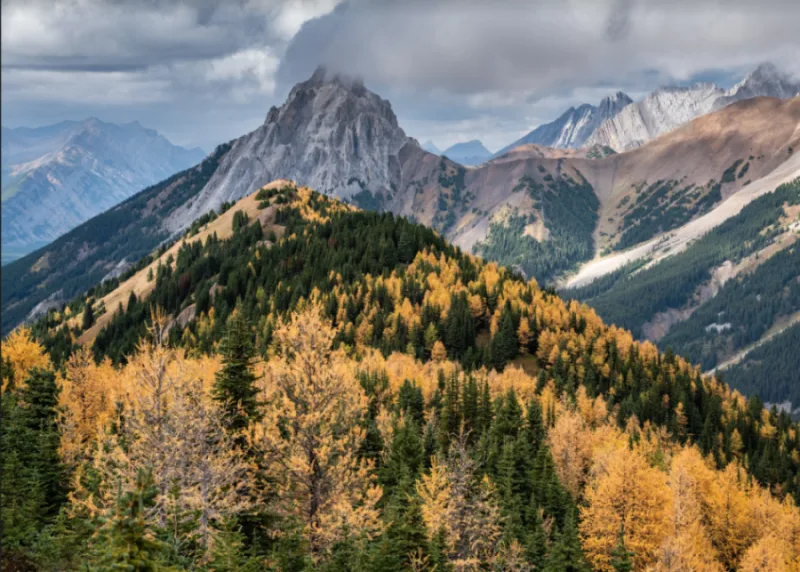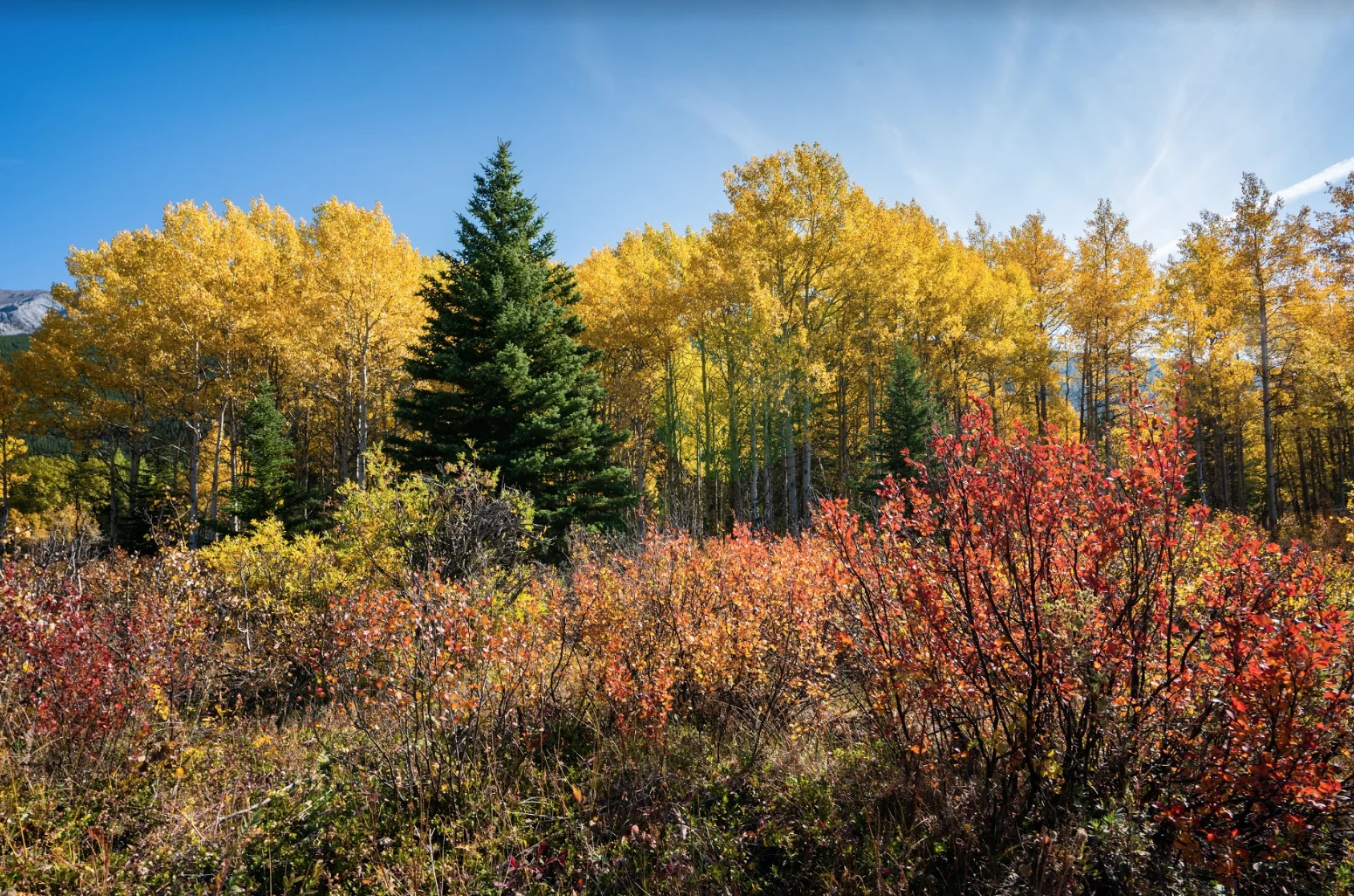
Basic rules of hiking etiquette can help you stay safe
Hiking as an activity has surged in popularity across the country during the pandemic. Following these tips can help you to stay safe, while protecting the environment and ensuring the enjoyment of everyone recreating in the wilderness.
The ongoing COVID-19 pandemic has had cooped-up Canadians searching for ways to enjoyably and safely recreate outdoors while staying physically distanced. By now, several months in, hiking as an activity has surged in popularity across the country, just as summer-like weather begins to take hold across the land.
But along with increased trail usage comes the potential for increased impacts on the environment, as well as other incidents that can befall the unprepared. While not written in stone, following some basic rules of hiking etiquette can help you stay safe, while protecting the environment and being courteous to other trail users.
BE PREPARED
Know before you go. Research your route to get a sense of how long the hike may take, its level of difficulty, and how exposed it is to the elements, which can help to serve as a guide for what to bring. Regardless, all hikers should pack ample food and water, clothing layers for changing weather conditions, a small first aid kit, and be wearing appropriate footwear. Having a fully-charged cell phone and a headlamp in your pack can also help you prepare for other eventualities, including unintentionally being out after dark as day length continues to wane at this time of year.
SHARE THE TRAIL
On top of safe physical distancing – especially on many of the busier hiking trails – there are other ways we can be good neighbours to our fellow hikers, respecting their desire to enjoy nature peacefully as well.
While making some noise in the backcountry is advised in alerting wildlife to your presence, making excessive noise can both be detrimental to wildlife needing to communicate, as well as to other hikers seeking peace and quiet from the buzz of the city. Therefore, it is best to leave the boombox at home. This also helps with maintaining situational awareness to what is going on around you.

Making some noise in the backcountry is advised in alerting wildlife to your presence. Courtesy: Kyle Brittain
Other good practices include yielding right of way to hikers heading uphill, avoiding throwing rocks off cliffs to protect those who may be recreating below, and refraining from smoking on the trail. Other users will appreciate the fresh air.
LEAVE NO TRACE
There are not many things better than a pristine backcountry environment. Therefore, it makes sense to keep it that way, by applying “Leave No Trace” principles that protect both sensitive natural areas, and the wildlife that call it home.
If you pack it in, pack it out. This includes food scraps, as these can upset the natural balance of the area and endanger wildlife that may become accustomed to it. It is also important to clean up after your pet, and pack out the bag. If nature calls, ensure you’re at least 70 metres away from all water sources, and bury the waste at least 15-20 cm underground.

Research your route before hitting the trail. Courtesy: Kyle Brittain
Finally, leave objects such as stones and branches where they are, and stick to designated trails, as unnecessary widening or braiding of trails can harm fragile natural areas and the flora and fauna that live there.
Following these tips can help you to stay safe, while protecting the environment and ensuring the enjoyment of everyone recreating in the wilderness. And don’t forget to bring your camera!





